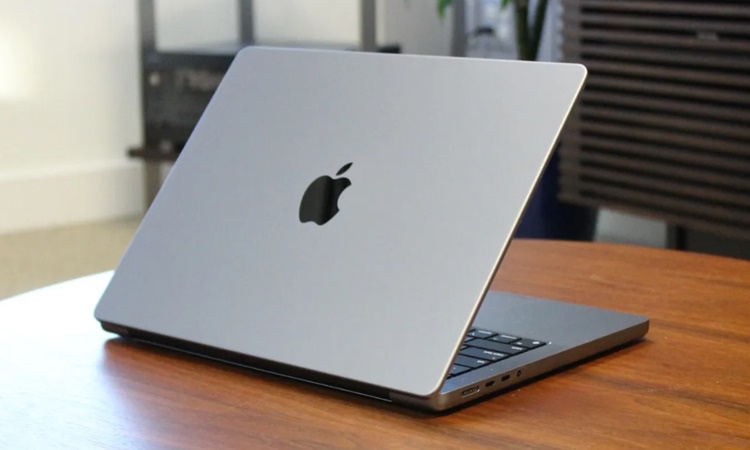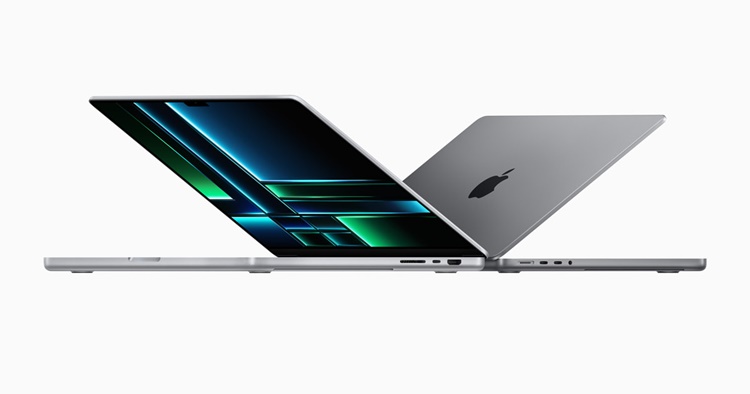5 Essential Considerations Before Investing in a New MacBook Pro
MACBOOK PRO – Here are five (5) key considerations to keep in mind before purchasing a new MacBook Pro.
Apple has recently unveiled the latest MacBook Pro laptops featuring the M3 processor. While the external appearance remains largely unchanged, maintaining the signature high-quality and minimalist design (now available in the eye-catching Space Black color), the new model retains the impressive mini-LED display, as well as the exceptional keyboard and touchpad.
Despite the familiar exterior, it’s important not to assume that selecting the new MacBook Pro will be as straightforward as it was with the previous generation. There are noteworthy considerations and potential pitfalls associated with the new machines that demand careful attention. I outline five key aspects that require thorough consideration.

Apple Silicon has gotten much more confusing
The introduction of the new MacBook Pros has brought about an increase in the number of CPUs, introducing complexity to the decision-making process. Notably, Apple has discontinued the 13-inch MacBook Pro and replaced it with the MacBook Pro 14, which runs on the base M3 processor. Unlike previous generations, where only the Pro and Max versions were available, the lineup now includes the base M3 version.
This means you have a new 8-core CPU/10-core GPU M3 processor to consider, starting at $1,599. Although this makes the entry-level machine more expensive than the now-discontinued 13-inch MacBook Pro, the investment is justified by the significantly improved display and superior audio quality.
In addition to the base M3, the MacBook Pro 14 offers an M3 Pro with fewer cores. Specifically, you can opt for an 11-core CPU/14-core GPU M3 Pro. Meanwhile, the MacBook Pro 16 starts with a 12-core CPU/18-core GPU M3 Pro, and both models can be upgraded to a 16-core CPU/40-core GPU M3 Max.
Adding to the complexity, the 12-core M3 Pro differs from its predecessor (M2 Pro) in that it has six performance cores and six efficient cores, whereas the M2 Pro has eight performance cores and four efficient cores. Moreover, the memory bandwidth has decreased from 200 GB/s to 150 GB/s. Consequently, the performance gains of this version of the M3 Pro are unlikely to match those of the other models.
Be careful if you want to run multiple monitors
The MacBook Air equipped with the M2 processor and the 13-inch MacBook Pro both had restrictions allowing only one external display. In contrast, the MacBook Pro 14, featuring the M2 Pro chip, supported two external displays, while the M2 Max chip-enabled connectivity to four external displays.
However, with the introduction of the MacBook Pro 14 M3, this limitation now extends to that particular lineup as well. The M3 variant is now also confined to using only a single external display.
Therefore, if your workflow demands two or more displays with the MacBook Pro 14, and you wish to avoid employing workarounds that may introduce complications, it is advisable to opt for an M3 Pro or M3 Max model.

Be careful with memory
The introduction of the base M3 to the MacBook Pro has brought about a change in the available base memory configuration. Priced at $1,599, this model includes an 8-core CPU/10-core GPU M3 processor, 8GB of RAM, and a 512GB SSD. Notably, the base SSD no longer utilizes slower NAND storage, ensuring no performance drawbacks in that aspect.
On a positive note, the drawback lies in the fact that, despite Apple’s official stance, 8GB of RAM appears to be a limiting factor. The M3 Pro and M3 Max versions, on the other hand, provide a minimum of 18GB of RAM, offering a significantly improved option.
However, the downside is the $200 cost to upgrade to 16GB of RAM, bringing the total price to $1,799. Comparatively, the base MacBook Pro 14, equipped with an 11-core CPU/14-core GPU M3 Pro, 18GB of RAM, and a 512GB SSD, is priced at $1,999. This means a savings of only $200 for a laptop that may experience notable performance differences.
For those on a tight budget with workflows not demanding more than 8GB of RAM, opting for the base M3 over the base M3 Pro might make sense, saving $400. However, if additional RAM is a necessity, the argument for the base M3 Pro, with an extra $200, becomes compelling.
Lastly, while the base M3 model tops out at 24GB of RAM, both the M3 Pro and M3 Max can now support up to 128 GB. Users requiring more than 24GB of RAM may need to consider the M3 Pro or M3 Max, especially if they are power users benefiting from the enhanced speeds of more robust CPUs.
Fewer ports aren’t the greatest look
The latest MacBook Pros consistently featured three Thunderbolt 4 ports, an HDMI port, a full-size SD card reader, and a MagSafe 3 power connector, ensuring worry-free connectivity across all models.
However, a change has been introduced. The entry-level M3 MacBook Pro 14 now comes with only two Thunderbolt 4 ports in addition to the other standard connections. While this might not be significant for most users, those requiring the additional Thunderbolt 4 port will have to consider upgrading their configuration.
If battery life really matters
If prioritizing battery life over raw performance or compact design is essential to you, there’s another factor to take into account. The MacBook Pro 16 consistently outperforms the 14-inch model in battery life, boasting a 100-watt-hour battery compared to the 72-watt-hour battery in the 14-inch version. This translates to 22 hours versus 18 hours, indicating that while the MacBook Pro 14 still delivers commendable battery life, it falls slightly short of its larger counterpart.
On the flip side, the base M3 processor, with its slower speed and fewer cores, is more energy-efficient overall. Consequently, even though the base M3 MacBook Pro 14 features a marginally smaller 70-watt-hour battery, Apple asserts that it will achieve the same impressive 22-hour battery life as the 16-inch model. This makes the least powerful MacBook Pro 14 an excellent choice for individuals who prioritize both extended battery life and portability over sheer performance.
READ ALSO: Lenovo: Best Gaming Laptops You Can Buy Right Now
